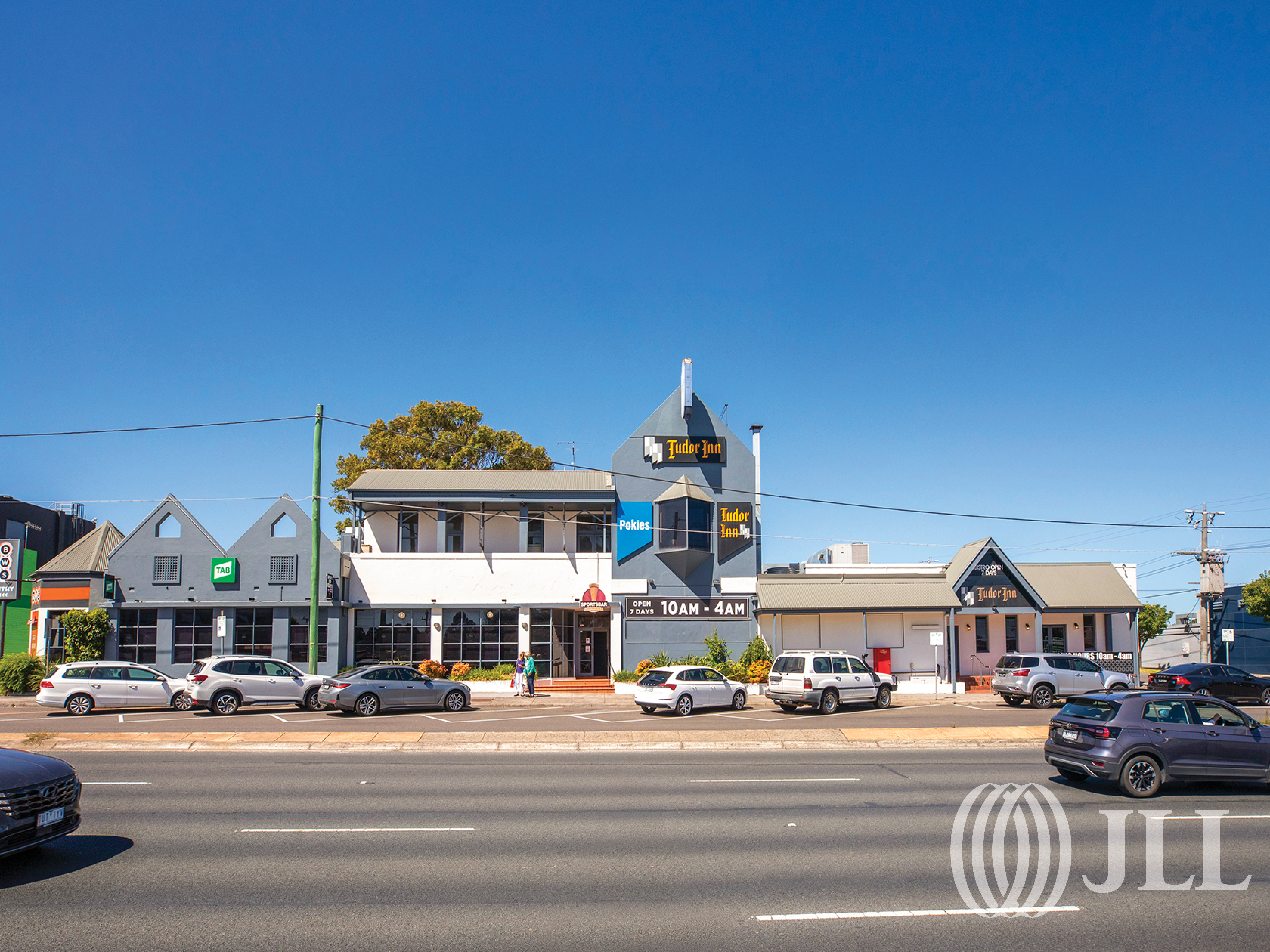Why the momentum for office-to-living conversions is growing
High demand for urban living could spark a wave of asset conversions in Asia Pacific
Major cities are increasingly adding high-rise apartment buildings to their skylines to meet the growing demand for urban living.
From luxury skyscrapers to large multifamily buildings, residential development projects are cropping up from Shanghai to New York. And with space in densely populated cities in short supply, many investors are exploring converting office space into residential units.
In late 2021, LaSalle Investment Management and Chinese developer Jingrui Holdings teamed up to convert a retail and hotel property in Shanghai’s Hongqiao area into a 583-unit multifamily project. U.S. real estate developers Silverstein Properties and Metro Loft Management in July jointly acquired 55 Broad Street, a 30-story office building in downtown Manhattan, for conversion into a 571-unit luxury apartment tower.
One big draw for investors: the higher risk-adjusted returns that residential properties offer compared to other asset classes, particularly in markets where institutional-grade multifamily projects are in short supply.
The Sharpe ratio — a measure of the excess return received for the volatility of holding a riskier asset — for the multifamily sector outperforms other asset classes, according to JLL.
“Not only are the yields better, but the returns tend to be more stable as well,” says Sungmin Park, Director, Asia Pacific Capital Markets Research, JLL.
Looking for more insights? Never miss an update.
The latest news, insights and opportunities from global commercial real estate markets straight to your inbox.
“The low variability around occupancy ensures stable rental performance and offers downside protection for core investors,” says Park.
Potential for repurposing
In gateway cities like Shanghai, Seoul, and Sydney, converting existing office real estate into housing is often driven both by demand and necessity.
“The younger generations are actively searching for living options in urban centres to enjoy the advantages of proximity to jobs and improved amenities,” says Park.
While the recent boom in purpose-built multifamily projects provides some relief, the strong housing demand has still been outpacing supply.
Developers hoping to capitalise on this supply-demand imbalance, however, have limited options often due to land constraints, according to Robert Anderson, Director – Head of Living, Asia Pacific Capital Markets, JLL. “In most Asia Pacific gateway cities, land for new housing development remains scarce and therefore, conversion could be a viable path forward,” he says.
Investment Opportunities
Amid the space crunch, Shanghai still saw a record 40,000 multifamily units added in the first half of 2023 alone, JLL data shows.
Strong government action will be key to charting the course for future conversions, with more support still needed across Asia Pacific. For instance, the building authority in Singapore has doled out incentives supporting the conversion of existing, older, office developments into sustainable mixed-use developments since 2019.
However, for developers looking at conversions, it’s seldom straightforward. Different buildings can have completely different floor plans, according to Anderson.
“Developers will have to account for differences including window or ceiling heights, requirements for light, heating, ventilation, and air conditioning (HVAC), and more,” says Anderson.
“There’s potential for future conversions in the region, but the unique challenges and costs need to be considered. If governments continue to provide incentives, this may change the equation for developers.”
Contact Sungmin Park
Director, Asia Pacific Capital Markets Research, JLLWhat’s your investment ambition?
Uncover opportunities and capital sources all over the world and discover how we can help you achieve your investment goals.



